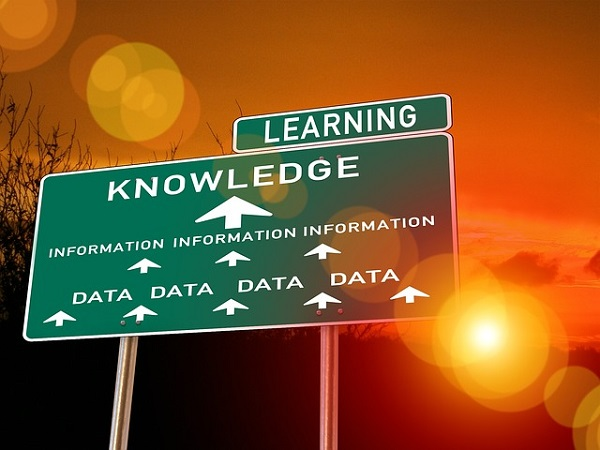ATD Blog
Big Learning Data Vocabulary 101
Wed May 14 2014

Here is some basic vocabulary for those seeking to begin to “speak” big data.
**Data dimensions
**
Volume: The magnitude and scale of data, for example the number of course completions in an LMS. It is estimated that 40 Zetabytes of data will be created by 2020.
Velocity: The pace at which data flows from various sources to data warehouses and other destinations. For example, a Fortune 500 company knowledge portal may receive millions of clicks daily.
Veracity: Veracity is data quality. The dramatic volume and velocity of data today makes veracity the biggest Big Data challenge.
Variety: The myriad sources, types and forms of data, both structured (tabulated data) and unstructured (free text), including emails, photos, videos, course registrations, course evaluations, performance ratings, sales pipeline, 360 results, etc.
Volatility: How long data will remain valid, which determines how long it should be stored.
**Analytical techniques
**
Descriptive analytics: Summarizes what happened. It is estimated that more than 80 percent of business analytics that people refer to are descriptive in nature.
Predictive analytics: Predicts what might happen, using statistical, modeling, data mining, machine learning and other techniques to study recent and historical data. For example, if a company’s top sales people exhibit certain behaviors, then training others on those behaviors may improve their sales results, too.
Prescriptive analytics: Prescribes courses of action based on various inputs and desired outcomes. For example, based on individual performance analysis, individualized training and coaching plans can be suggested.
Comparative analytics: Benchmarking, monitoring, and tracking performance or process health indicators.
Visual analytics: Storytelling with graphs and charts to make insights consumable, comprehendible, and actionable.
Roles
Data analyst: Data analysts inspect, clean, transform, and slice data to discover useful information. They understand database technologies and can extract data in various reporting formats.
Data scientist: More advanced than analysts, data scientists are well versed in both business and IT, and thus are increasingly influencing approaches to organizational challenges.
Statistician: Statisticians collect and analyze data, looking for patterns that explain behavior. They design and build statistical models that can help make predictions.
Business intelligence (BI) developer: BI developers have specialized coding skills in specific BI platforms, robust data analysis platforms that extract data and create reports required by business users.
Editor’s Note: This post is bonus content for the T+D May 2014 article “Big Data: A Quick-Start Guide for Learning Practitioners.”
You've Reached ATD Member-only Content
Become an ATD member to continue
Already a member?Sign In
